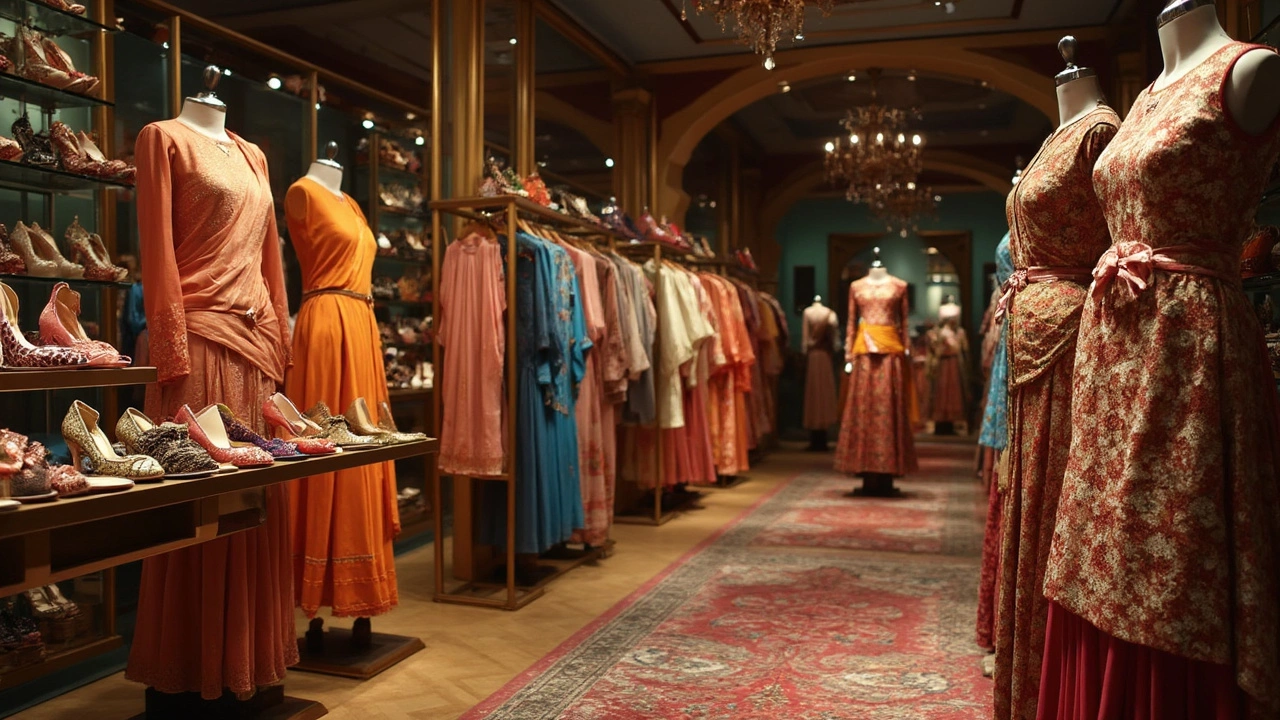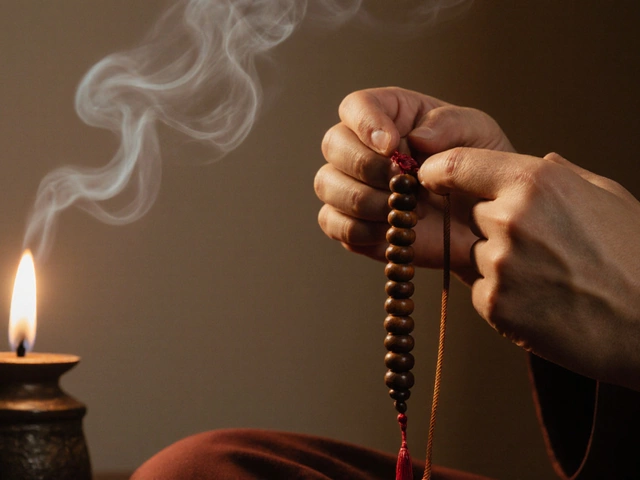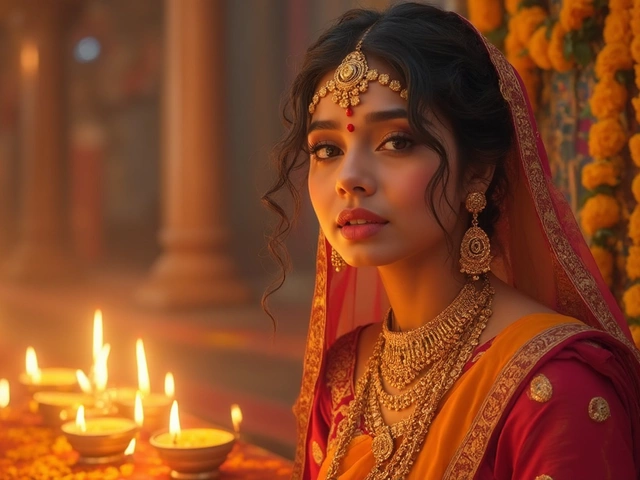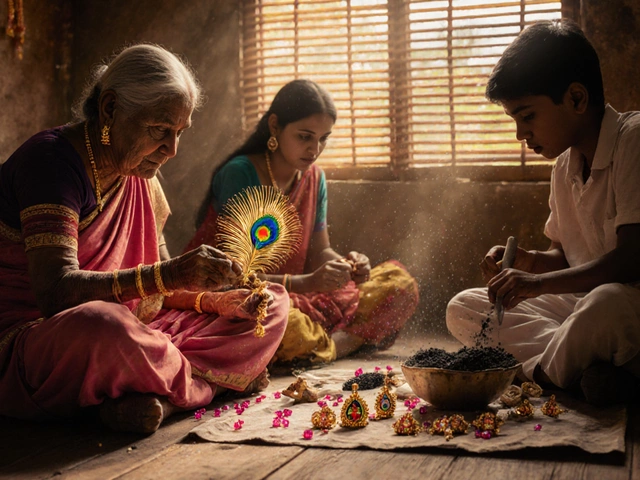If you’ve ever shopped online and wondered why shoes have their own category—sometimes under clothing, sometimes under accessories—you’re not alone. It’s weird how something as basic as shoes trips up even the biggest brands. Even my son Leo once asked, “Dad, are shoes clothes or are they just extra?”
Here’s the thing: shoes protect your feet, like clothing, but they also finish your look—kind of like accessories. In India, especially, shoes carry their own weight in style and tradition. You wouldn’t wear a pair of Kolhapuris with a tracksuit, right? But would you count flip-flops as part of your main ‘outfit’?
Knowing where shoes stand isn’t just splitting hairs. It can actually help you pull your look together, save money, and avoid style disasters. Stick around if you want to know why the answer isn’t so clear cut, and what really matters when picking your next pair.
- Why the Confusion Around Shoes?
- How Indian Culture Sees Shoes
- What Fashion Experts and Retailers Say
- Style Tips: Matching Shoes with Your Outfit
- Shoes as Personal Statements in India
- Buying Shoes Smartly: Things to Remember
Why the Confusion Around Shoes?
People can't seem to agree on where shoes belong: are they clothing or accessories? The confusion isn’t random—blame it on how we shop, dress, and even how stores organize things. Big brands like Myntra or Flipkart in India keep shoes under "Footwear" as a separate category, while older stores sometimes group them under ‘apparel’ or even lump them in with accessories. This gives shoppers—like me and my kids—mixed signals right from the start.
Let’s break it down. Clothing, in a textbook sense, covers and protects the body. But so do shoes—they guard our feet from dust, heat, and rough ground. At the same time, shoes aren’t always essential. Go to a beach or a temple in India: sometimes you’ll find entire crowds barefoot, and nobody cares.
Accessories, on the other hand, are there to add a twist to your look—belts, watches, sunglasses. Shoes can play that role too. My daughter Zara will spend more time choosing her sneakers than her jeans, especially if something cool like a new white pair is trending on Instagram.
History makes things even messier. Years ago, Indian families saw shoes as special—something you wore only outside, and never inside the house. Fast forward to today, shoes can be style statements, worn as part of the main outfit or switched out for different moods.
Check out how online and offline stores in India deal with shoes:
| Store Type | Where Shoes Are Placed |
|---|---|
| Online giants (Flipkart, Myntra) | Footwear (separate main category) |
| Local retail chains (Westside, Reliance Trends) | Near clothing, sometimes with accessories |
| Luxury boutiques | Accessory zone or curated zones |
The confusion is real because shoes do double duty—they’re both protective like clothes and stylish like accessories. This mix-up means you might see them moved around in different sections, depending on who’s selling, what’s trending, or even what season it is. Understanding this helps you shop smarter and avoid missing out on great deals just because you’re looking in the wrong category.
How Indian Culture Sees Shoes
Shoes play a different game in Indian culture compared to the West. They’re not just about looking cool or fitting in—a lot of meaning is attached to them. For starters, there’s a practical rule in almost every Indian home: take your shoes off at the door. This isn’t just about keeping floors clean, but it’s rooted in beliefs about cleanliness and respect for private and sacred spaces.
Certain traditions and religious spots make this even clearer. Every temple, mosque, and gurdwara asks people to leave shoes outside. Wearing them inside is simply not ok, and nobody’s going to make an exception—not even if you’re rocking new sneakers.
When it comes to weddings, festivals, or special family events, shoes take center stage. Men might go for classic mojaris or juttis, while women pick sandals or Kolhapuris that match their saree or lehenga. Shoes can often reveal your region or even your family’s style vibe. For example, in Punjab, colorful juttis are a style statement; in Kerala, simple leather sandals (chappals) remain a staple at family gatherings.
Check out this quick breakdown of how shoes show up across different occasions and communities in India:
| Occasion/Place | Common Footwear | Rule/Belief |
|---|---|---|
| Home | Chappals, none indoors | Shoes off at door |
| Temple | Barefoot | Mandatory to remove footwear |
| Weddings | Mojari, jutti, Kolhapuri | Footwear matches outfit |
| School/Office | Black shoes, sandals (casual days) | Uniform codes, comfort |
So, in India, shoes are not just ‘add-ons.’ Sometimes they’re part of the outfit, sometimes a sign of respect (or disrespect if you mess up). The social cues about footwear run deep.
What Fashion Experts and Retailers Say
Ever walked through a mall and noticed where stores put their shoes? It's not random. Most big clothing brands—like Zara, H&M, and Lifestyle—will have shoes mixed in with accessories, near bags and belts. But some, like Adidas or Bata, treat shoes like their main event and put them right next to clothes, or even give them their own floor space. So which is it? Clothing or accessory? Turns out, even the pros can't fully agree.
Here’s what’s interesting: well-known celebrity stylists in India, like Tanya Ghavri, usually call shoes "accessories" because you pick them to add finishing touches to your look, just like a watch or a bag. But many designers, especially those who work with traditional Indian wear, treat shoes—think juttis, kolhapuris, or mojaris—as almost essential parts of the outfit. Skip the right shoes, and your whole look can fall flat. That’s why wedding outfit packages in India often include the shoes as part of the main outfit.
Let's get practical. Retail giants usually split their website sections into Clothing and a separate Accessories hub that includes shoes. And get this—on major Indian fashion platforms, shoes make up about 9-14% of annual fashion sales, according to a 2024 report from Redseer Strategy Consultants. Sometimes, shoes actually outsell bags and watches. Check out this quick snapshot from recent data:
| Category | Share of Fashion Sales (%) |
|---|---|
| Shoes | 12 |
| Bags | 7 |
| Watches & Jewelry | 6 |
| Apparel | 75 |
So, are shoes officially shoes or accessories? Most fashion experts in India will say they’re accessories by function, but their sales numbers and cultural importance sometimes push them closer to being essentials—basically on the same level as clothes. That blurred line is why it pays off to check both sections whenever you’re planning to up your style game.
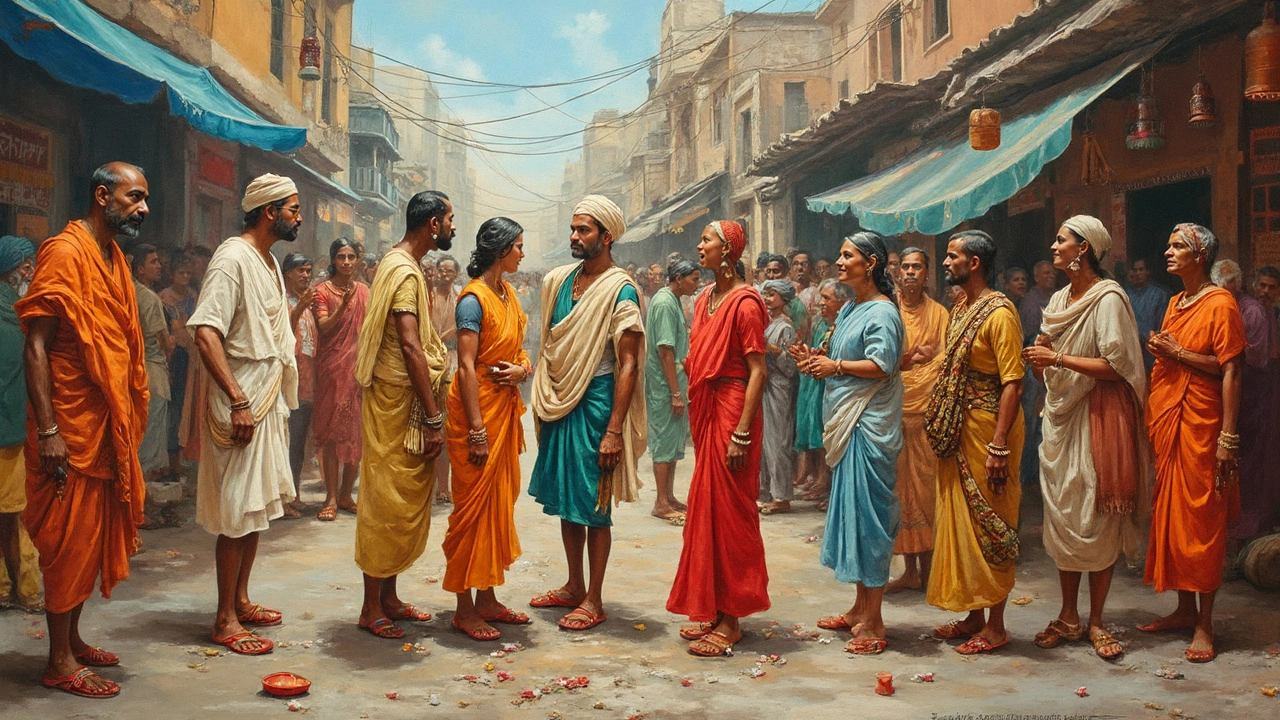
Style Tips: Matching Shoes with Your Outfit
If you get your shoes wrong, even the best outfit can feel off. In India, shoes are a big part of first impressions. A 2023 Myntra survey showed that 78% of people notice someone’s shoes before anything else in their outfit. So, matching your pair to what you wear is way more important than most folks think.
- shoes should match the vibe of your clothes. Going traditional? Pair sarees or kurtas with mojaris or Kolhapuris. Jeans and sneakers are a classic every day win.
- For office wear, keep it simple. Black or brown leather shoes with formal trousers or suits work anywhere. Sandals rarely look good with formals, even if they’re expensive brands.
- When in doubt, go neutral. White, black, tan, or navy rarely clash with any color or print. My daughter Zara’s white sneakers get more wear than any fancy heels because they go with everything.
- Pay attention to the occasion. No chunky trainers at weddings—even if the baraat looks like a dance party. Use juttis or classy loafers for festive or wedding events.
- Don’t forget the socks. Loud, printed socks with dress shoes ruin the look. Stick with plain and dark shades for formal events.
Here’s a quick look at what shoe type goes best with different outfits and occasions in India:
| Outfit | Occasion | Best Shoe Type |
|---|---|---|
| Kurta & Pajama | Festive | Kolhapuris or Mojaris |
| Formal Trousers & Shirt | Office | Leather Oxford or Derby shoes |
| Jeans & Shirt/T-shirt | Casual | Sneakers or Loafers |
| Saree | Weddings, Functions | Block Heels, Wedges, Mojaris |
| Shorts | Outings, Travel | Slip-ons, Sandals |
One last thing—make sure your shoes are clean. Even the most expensive shoes look sloppy if they’re dirty. If you want your look to really click, just take two minutes and wipe that dust off before heading out. Trust me, it makes a difference.
Shoes as Personal Statements in India
Pick any busy street in India and check out the shoes people are wearing. Each pair tells its own story. In cities like Mumbai and Delhi, sneaker culture is booming. Big global brands and limited-edition collabs sell out fast. In 2024, the Indian sneaker market was valued at $2.5 billion, according to Statista. That’s a lot of folks showing off their personality and status from the ground up.
Classic shoes like juttis, Kolhapuris, and mojaris haven’t lost their place either. These shoes aren’t just worn for comfort or tradition—they signal a connection to region and roots. When someone matches juttis with a kurta at a wedding, it’s not just about fashion. It’s a nod to their culture and the occasion.
For many, shoes are an instant icebreaker. My daughter Zara once got compliments for her bright Bata sneakers at a family function—everyone wanted to know where she got them. In Indian offices, your shoes can even influence first impressions. A polished loafer or clean formal shoe can make you look more put together, and research from local job consultants says 60% of recruiters in India notice footwear during interviews.
- Bata and Relaxo lead the Indian casual footwear market, but brands like Puma and Nike are growing among young buyers.
- For wedding and festive shopping, Metro Shoes and Khadims see the most returns and exchanges—people want the perfect match with their outfit.
- Ladies’ shoe choices often factor in not just style but how easily they can remove them at temple entrances or relatives’ houses.
| Type of Shoe | Common Use in India | Cultural Meaning |
|---|---|---|
| Kolhapuri Chappals | Festive, daily wear in Maharashtra | Regional pride |
| Mojaris | Weddings, functions in North India | Celebration, tradition |
| Sneakers | Everyday, youth | Modern, trendy |
| Formal Leather Shoes | Offices, interviews | Professionalism |
So are shoes just accessories? In India, not really. They’re how we show what matters to us—where we come from, what we value, and how we want to show up, whether we’re at a wedding or just running errands.
Buying Shoes Smartly: Things to Remember
Most people just look at the style or pick what’s on sale, but smart buying goes way beyond that. If you want your shoes to actually last and feel good, there are a few things you’ve got to watch out for.
First, check the fit – not just the standard size, but how the shoe feels at the end of the day. Your feet can swell up, especially if you’re walking a lot in cities like Mumbai or Delhi. Always try on new shoes with the kind of socks you usually wear. If you shop online, look for size guides with actual centimeter measurements and check out the return policy before you hit buy.
- Materials Matter: Leather usually lasts longer and molds to your foot, while canvas keeps things cool in the summer. Synthetic stuff can work but doesn’t breathe as well, so you might sweat more.
- Check the Grip: Indian streets can get slippery in the monsoon. Check for a good grip on the sole, especially if you’re buying for kids like Zara who seem to never walk—they just run everywhere.
- Style vs. Comfort: Yeah, those pointed shoes look sharp, but can you actually stand in them for 4 hours at a wedding? Be honest about your real life, not just Instagram.
India’s footwear market is growing fast—it was worth about ₹92,000 crore in 2023, and people really care about comfort now, not just style.
| Tip | Why It Matters |
|---|---|
| Try shoes at the end of the day | Feet swell throughout the day |
| Read online reviews | Learn about real comfort and quality |
| Don’t ignore arch support | Prevents foot pain on long days |
| Rotate between pairs | Shoes last longer and feet stay happy |
Last thing—don’t let brands fool you. Just because it’s pricey or has a big name doesn’t mean it’s good for your feet. Focus on how it feels, the grip, and whether you can wear it for what you actually do. That’s how you buy smart—and your feet will thank you, trust me.
